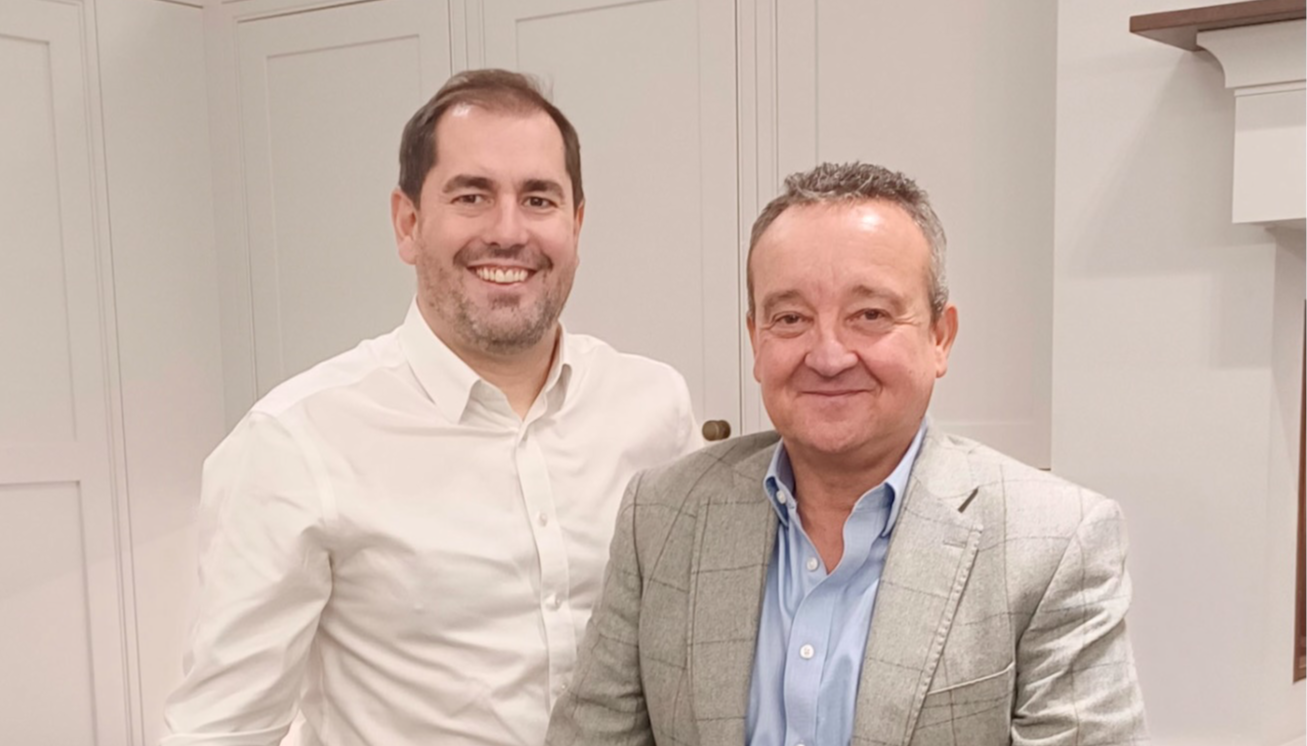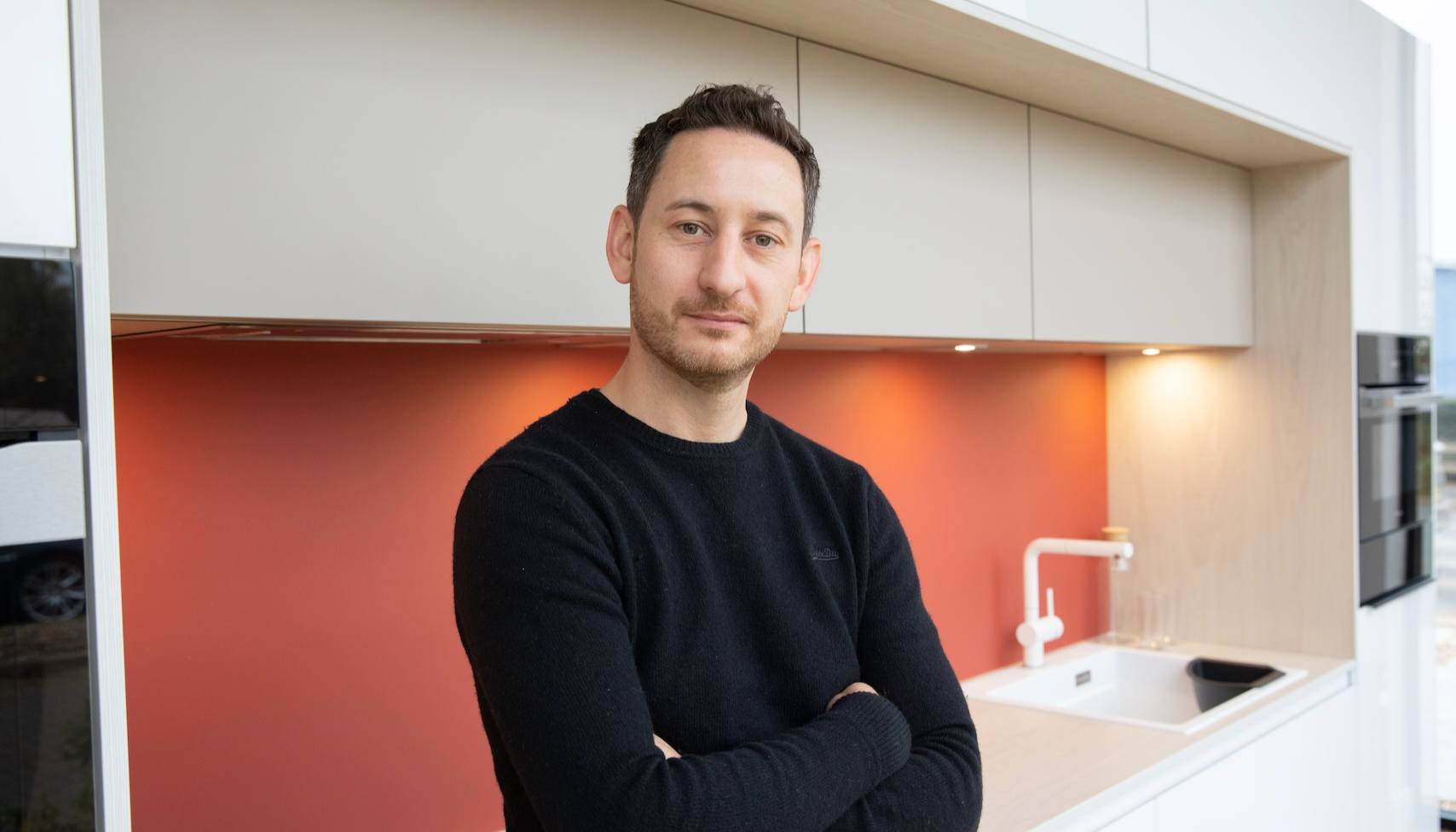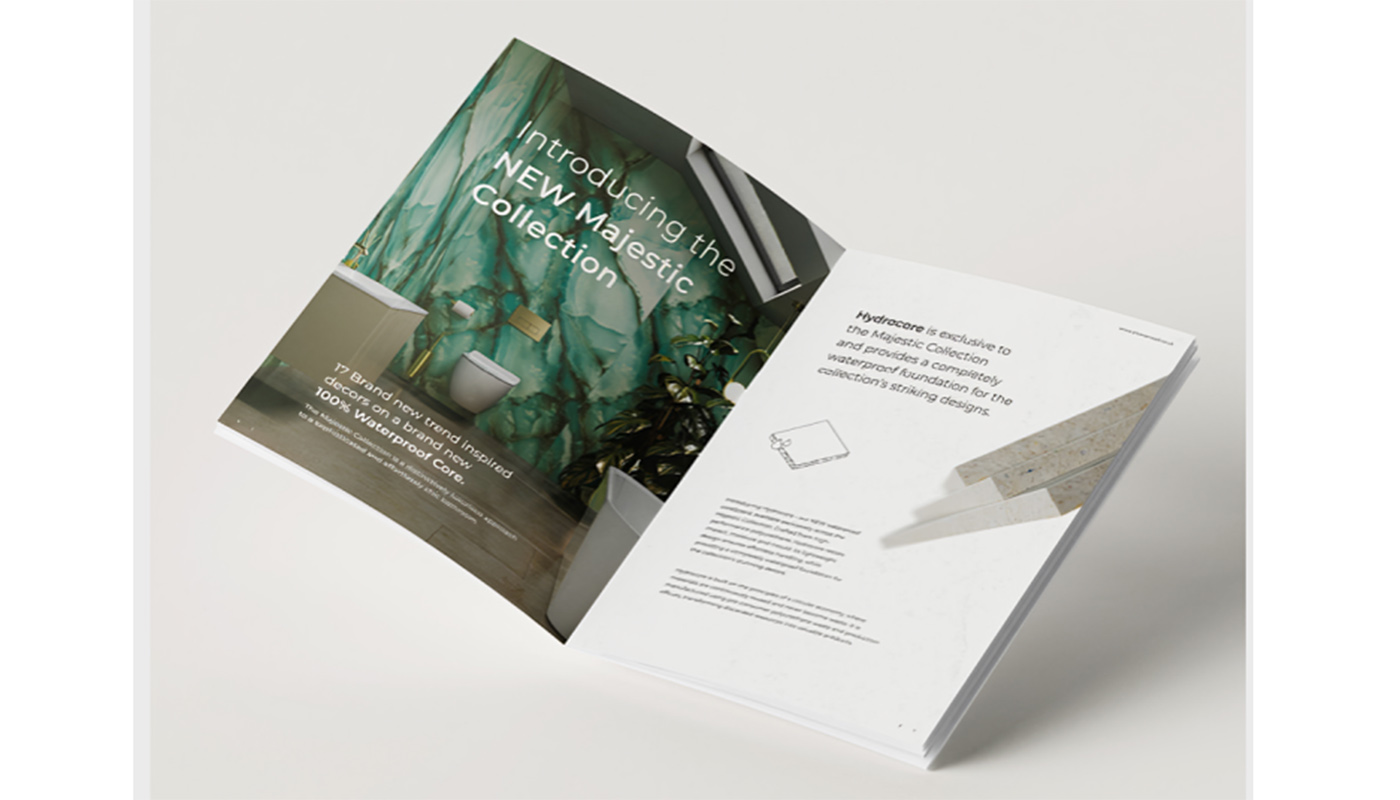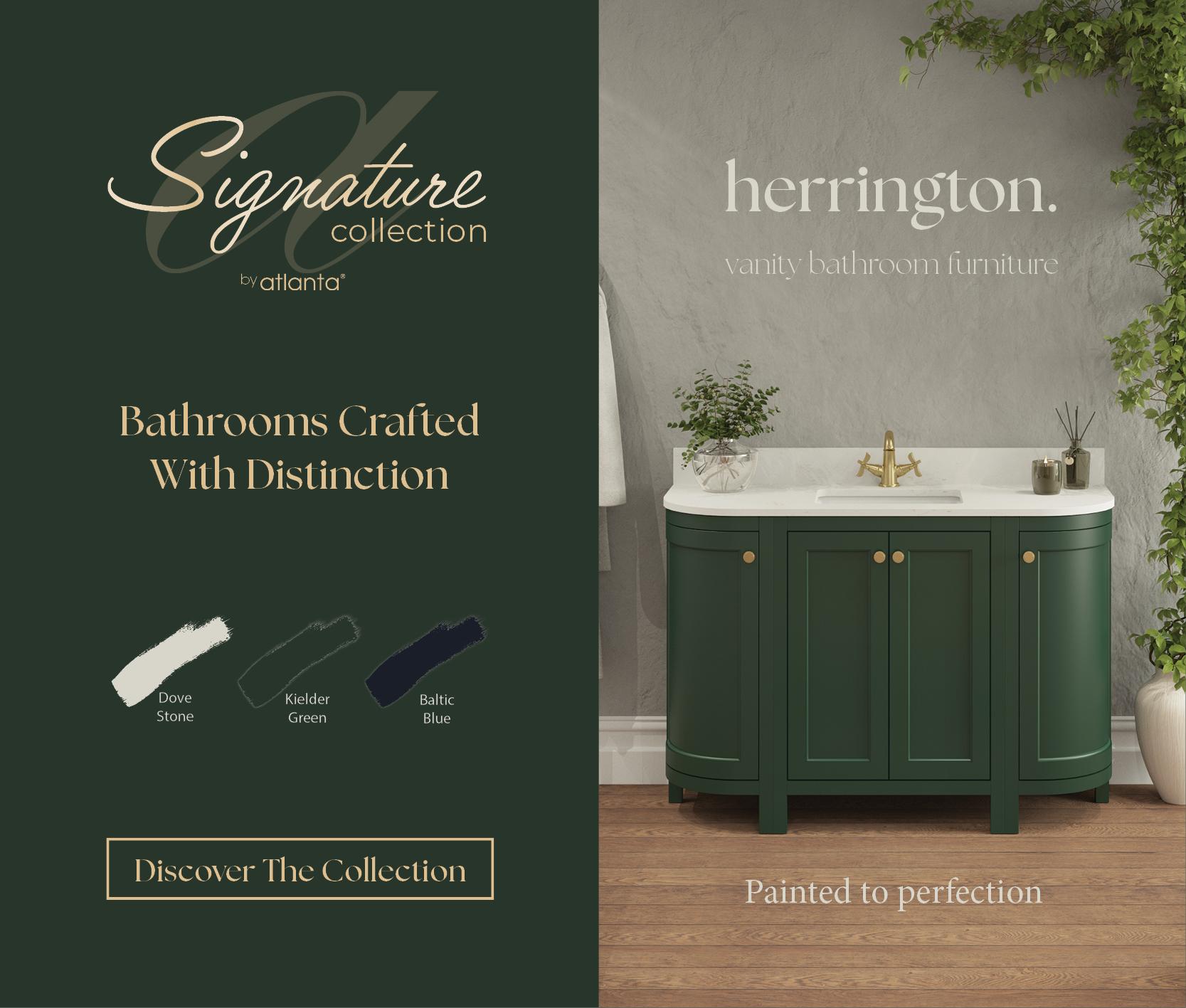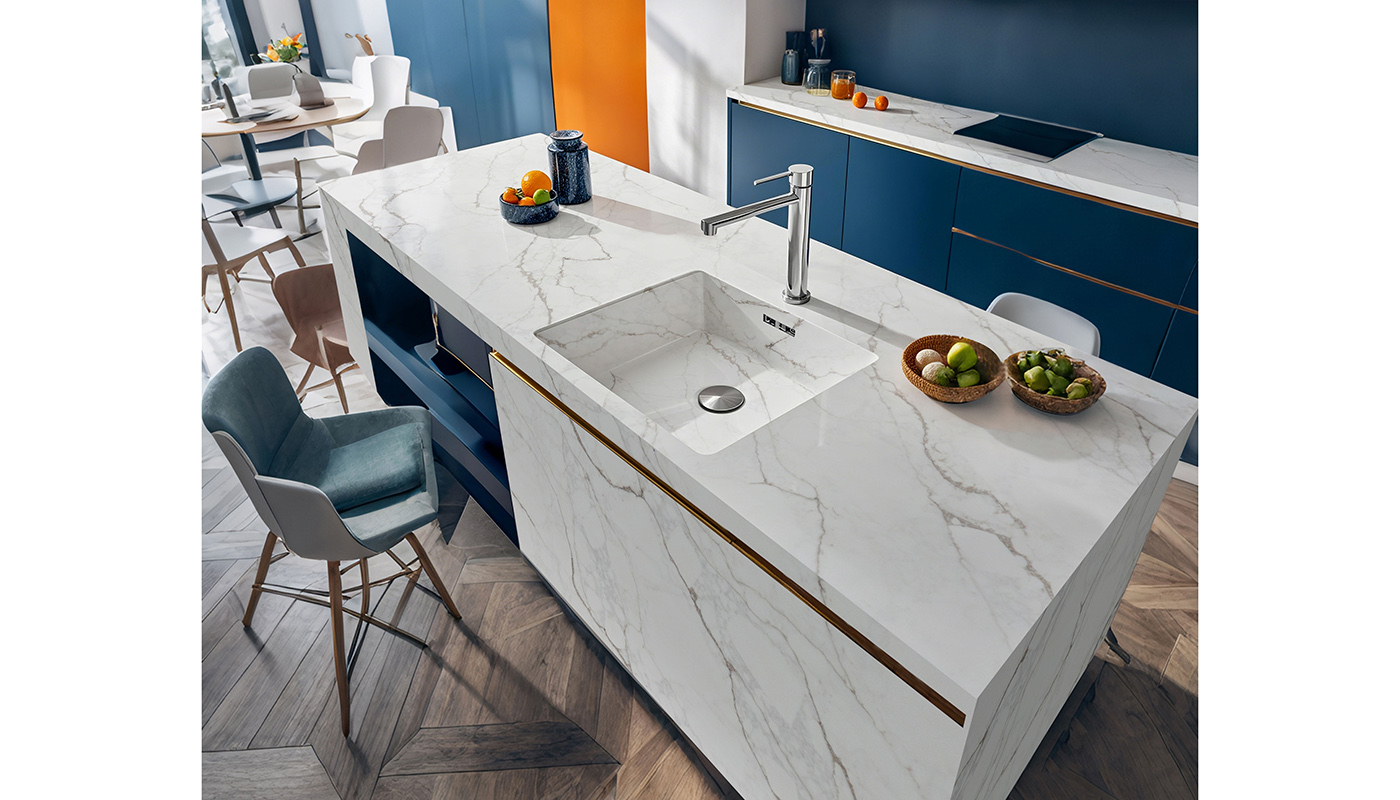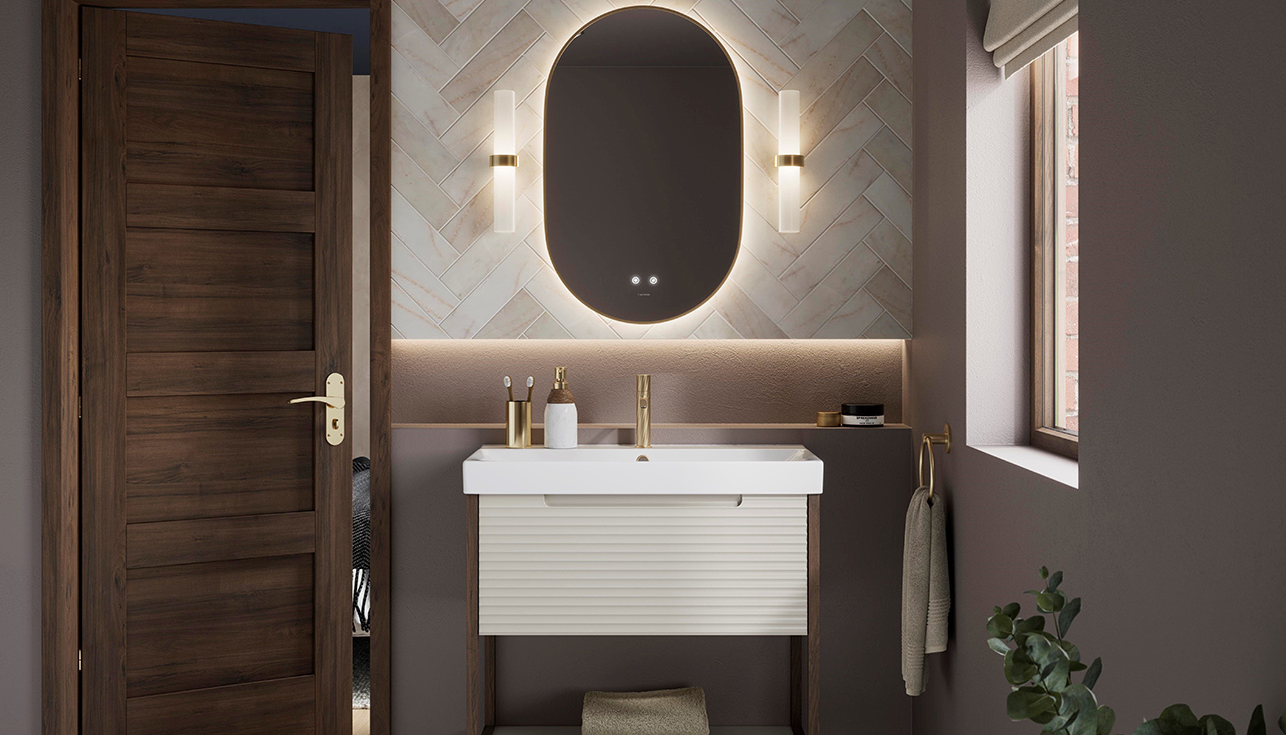Grohe reveals key macro-trends shaping kitchens and bathrooms now
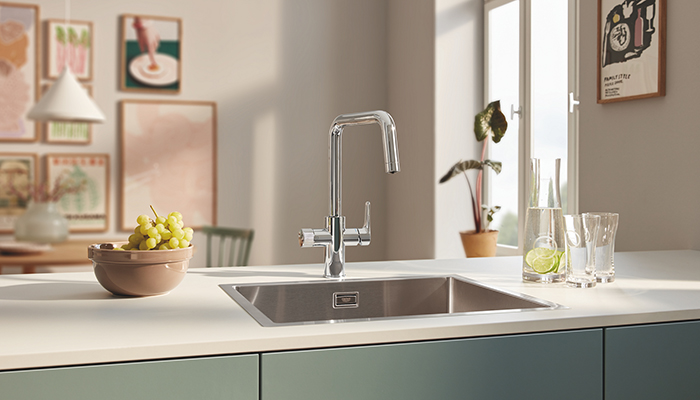
Grohe reveals key macro-trends shaping kitchens and bathrooms now
Grohe has identified three leading macro-trends shaping today's interior landscape, alongside accompanying microtrends such as colours, textures, materials, and shape. Patrick Speck, leader Lixil global design EMENA, dives deeper into how urbanisation, a desire to be sustainable, and health & wellbeing are impacting design trends in the home.
Urbanisation
Densification in the urban landscape has led to a rethinking of design concepts, allowing individuals to enjoy the benefits of big cities without compromising on comfort. In addition, communal spaces such as co-living and co- working areas have emerged. From this, the ‘Micro Living’ trend has arisen which delivers intelligent, condensed living concepts that are built up of only essential elements, allowing homeowners to make efficient use of limited space and fulfil day-to-day needs.

Grohe is part of the Lixil family of brands, which operates design centres in major, dense global cities such as London, Tokyo, Singapore, and New York so we have seen this need to adapt to more compact living firsthand. In the bathroom and kitchen, wall-hung sanitaryware and multi-functional items are leading this trend, as homeowners seek to utilise as much space as possible and create a streamlined environment that is functional, convenient, and thoughtfully designed. Elsewhere, space-saving fittings such as motion-activated taps and concealed shower models will be prioritised thanks to their compact profiles.
Sustainability
2023’s consumer is more aware than ever of the consequences their actions are having on our planet, coupled with the global cost of living crisis and the rising costs of household bills, it’s expected that many will be favoring brands and products that offer conscious consumption, resource saving credentials and value for money.
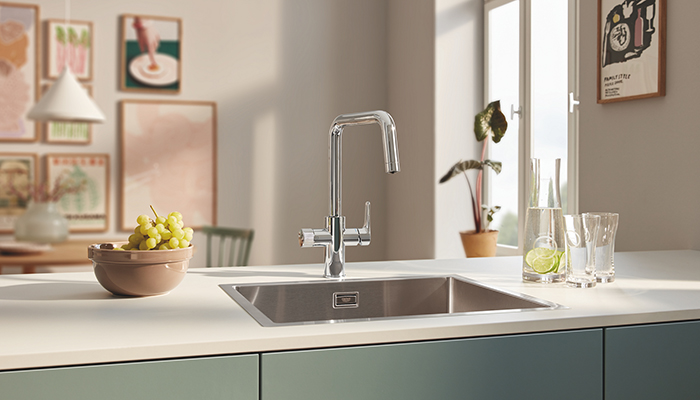
When it comes to bathroom and kitchen fittings, resource-saving products such as low-flow showerheads and multi-functional kitchen taps are expected to increase in demand as consumers look to make considered purchases that offer both environmental and economic benefits.
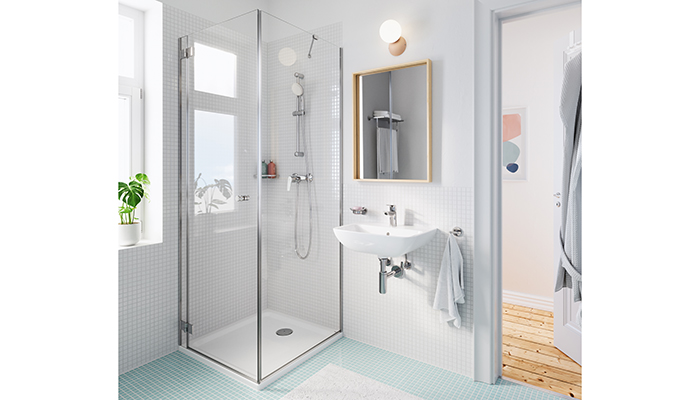
Health & Wellbeing
In the hospitality sector we see the borders of the bedroom and bathroom dissolving, likewise with the kitchen and living room in the residential sector. These once purely functional rooms are no longer, but are instead becoming integrated living spaces, where individual style and emotional connection are prioritised when it comes to design. A seamless approach to living, unwinding, and socialising means conventional walls are now proverbial.
As a result, throughout 2023 we expect functional fittings such as taps, ceramics, and showers to demonstrate significant attention to detail as they are more on show. Here, coloured brassware and ceramics in bold shapes and colours will increase in demand as homeowners seek out products that will portray their individuality.
When it comes to colour, homeowners will prioritise colours that offer optimism and joy such as neutrals, bright metallics and pastels. The power of colour continues to grow in importance, and the notion of calm, kind, and restorative colour is a core theme as wellness and health are prioritised.

Tags: insight, features, grohe, patrick speck, urbanisation, sustainability, health & wellbeing, bathrooms, kitchens




